This 12.5′” ligne cylinder calibre without seconds was one of the companies largest sellers, such that more than a hundred years after it’s launch there are still to be found at least two or three for sale on eBay at any one time, though finding them can be laborious as most are unbranded.

The survival of so many and the ability to date them seems to be the result of the setting up of the UK branch of the company in 1909 (history by Kris). Although these were cylinder watches and relatively inaccurate, they were still relatively expensive, and, cased in silver cases sold well into the UK market, which gives us dating evidence in the form of UK hallmarks. I suspect as a result many of these when they stopped working were relegated to the bottoms of jewellery boxes along with the other unwearable items where they remained safe for generations afterwards.
In terms of dating I would offer two cautions which I try and apply as we do have to allow for some time delays in shipping and selling since this was not the world of just in time manufacturing and retail, and also service repair and replacement can mean later versions of the calibre being found in earlier cases.
The 1933 parts listing shows this calibre to be obsolete and stem set. So far I have not found any stem set versions of this calibre so clearly I have not yet identified the period in which this calibre become obsolete. I have organised my calibre listing page into an approximate date order, but it doesn’t really explain my rationale and understanding of the calibres evolution, so I will attempt to do that here, though that of course will change as more information becomes available – this is very much a work in progress.
One thing that I should state at this point is that M&ST were extremely inconsistent in timing of the changes that they applied to their calibres. A design change in one calibre would not be applied to another calibre for years afterwards and this makes it hard to extrapolate dating from one calibre to another. This can be expected to be a source of error in some of my dating estimations.
I would suggest that this calibre was intended to be a ladies calibre, but interestingly it was always available in both wristwatch and pocketwatch forms. There is a common perception that the First World War created the so called ‘trench watch,’ but it is clear that this form of watch had been in large scale production for some years before the start of the war.
My first datable watch is in fact in wristwatch form.

1910 Wristwatch
Despite the length of stem on this example I see no evidence of conversion from pocket watch on these. The fancy case seems common on these earlier examples.
So what of the dating?
Here are the two sides of the above watch.


On the plate side we will see only two change over the years – the position of the stem release and the text used. Here the stem release screw holds the stem directly and the text is ‘Made in Switzerland.’ On the dial side we can see that the rocker is a simple piece of shaped steel that has a heel at the top right on which the pin presses. We can also see that there is a removable platform to which the balance cock is attached (note the two alignment pin holes either side of the central screw for the cock as this is typical for M&ST) and the escape wheel lower pivot has a steel cap to it – no jewel as found on the other end! Later calibres are in fact marked as one jewel so this is perfectly normal for the time.
1912 remains the same but 1914 sees some changes


The stem release screw has changed position and the text changed to ‘Swiss Made.’ Dial side the changes are more dramatic as we have a new rocker which now has a separate pin on which the pin operates and the balance cock now screws directly to the top plate. What we see now is that there are two saw cuts which allow the height of the escape wheel to be altered if needed. Also of note is that the cut out for the click spring has moved to the right of the dial foot hole.
Some watches as with the example above have the bottom of the 3/4 plate cut away to allow for a hinge but there seems no particular dating logic for this and as above they are also found in cases without a hinge.
What I would also draw attention to as a general note for comparability with other calibres are the mountings for the posts on which the 3/4 plate rests.
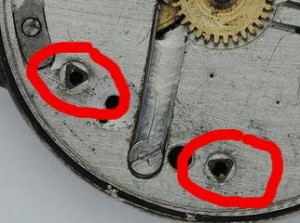
These now have a triangular section.
Now of course not all watches came in silver cases but we can apply the logic of the above dating (and I have evidence in more than one datable watch of the above changes).


This silveroid cased watch has the earlier stem release position but the 1914 dial side.


This steel cased watch has the earlier stem release position and rocker but has a cut out for the escapement adjustment. This is the only watch I have with this (though it’s common on other calibres), so it seems that it was an intermediate design and earlier than the watch above.
More interesting however is this steel cased watch.


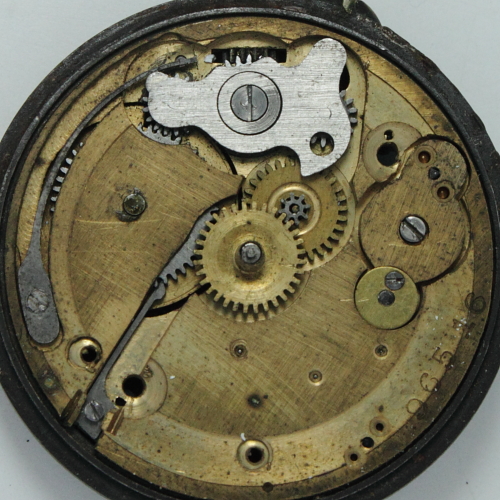
This has the earlier stem release position, but with a nicely pierced plate. The escapement mounting is the earlier type, but the rocker is of a different type. What I do note is that there is a serial/ reference number and a circular groove milled from the dial side amongst other design changes on the dial side. These features can be found on this 1909 watch

So I have provisionally assumed that this is the earliest version of the calibre 41 that I have also with an assumed date of 1909.
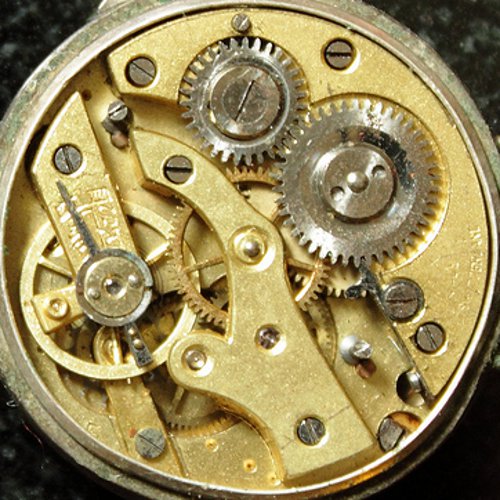
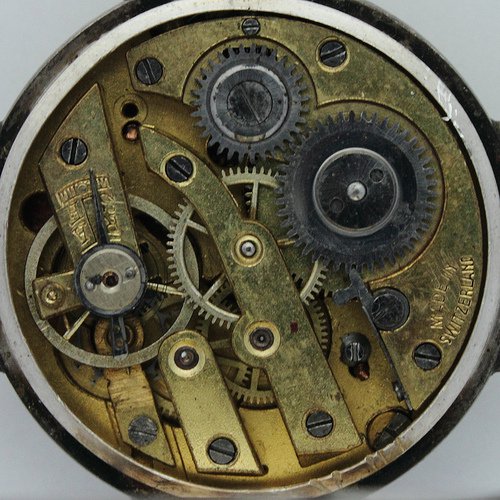
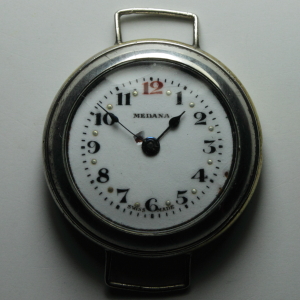
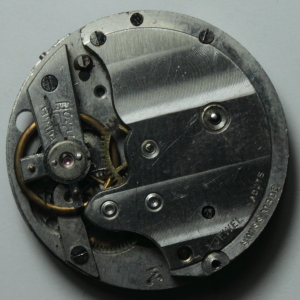
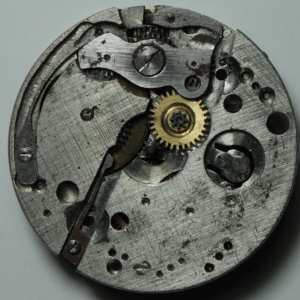
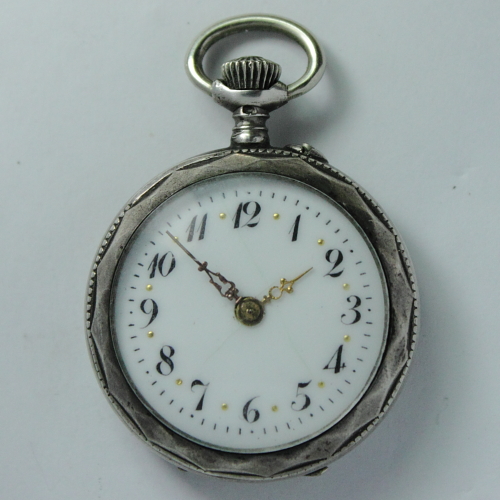
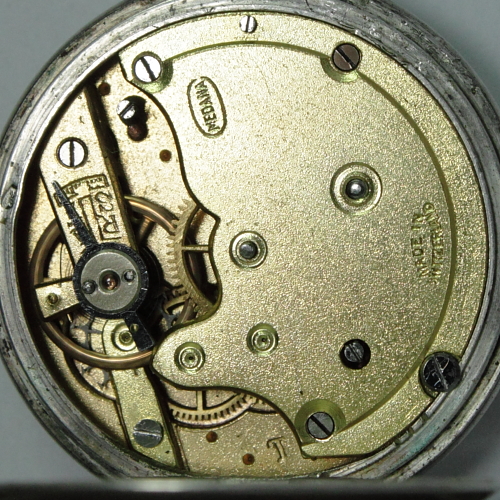
 So far I have only traced the 59 back to 1911, so it is possible that in fact it is a later calibre and certainly it outlasted the 41 at least in terms of popularity since examples dating into the 1920’s can be found fairly easily.
So far I have only traced the 59 back to 1911, so it is possible that in fact it is a later calibre and certainly it outlasted the 41 at least in terms of popularity since examples dating into the 1920’s can be found fairly easily. We see a very similar dial to that used on the 41’s of the same period. Unsurprisingly the calibre details follow the same pattern.
We see a very similar dial to that used on the 41’s of the same period. Unsurprisingly the calibre details follow the same pattern.



















